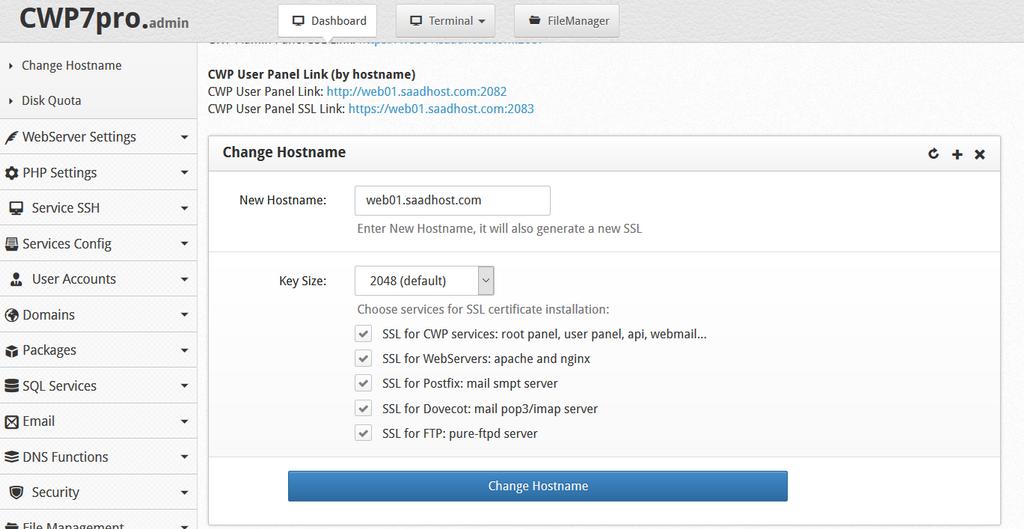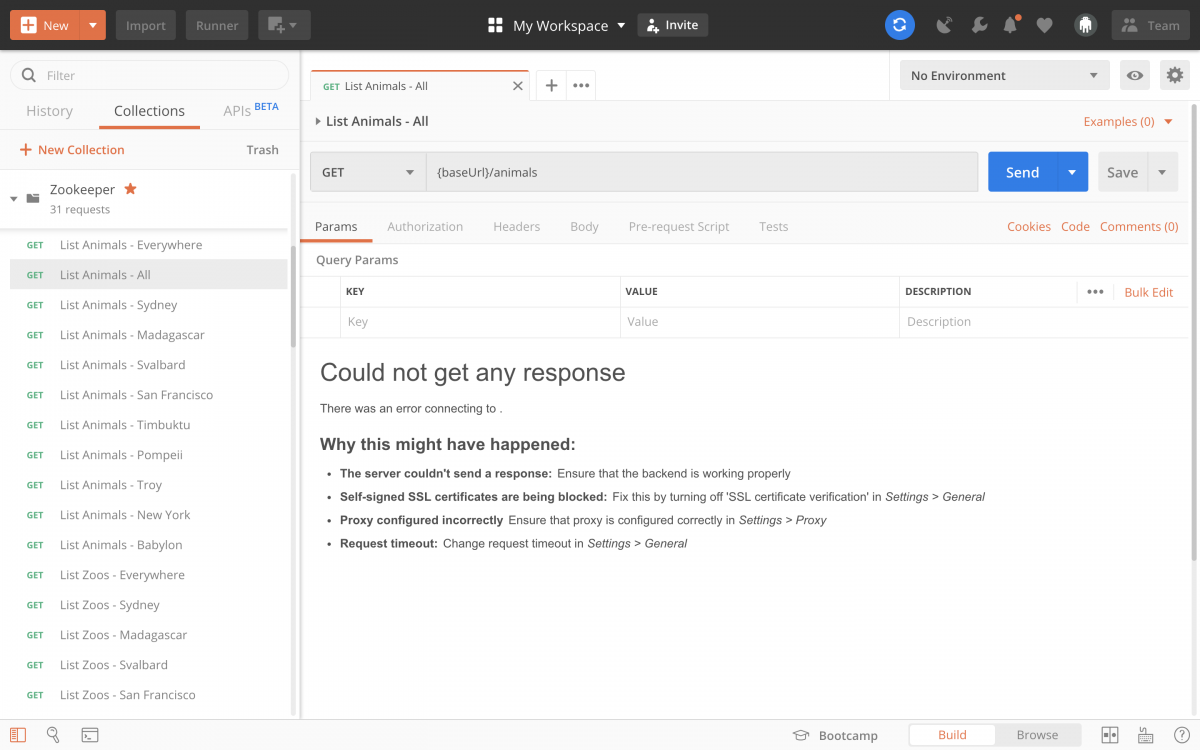

- #MAKE SSL CRT FOR APACHE ON OSX HOW TO#
- #MAKE SSL CRT FOR APACHE ON OSX FULL#
- #MAKE SSL CRT FOR APACHE ON OSX CODE#
- #MAKE SSL CRT FOR APACHE ON OSX WINDOWS#
I have not gone through and fine-combed my steps for locking things down, and in no way should this be construed to be a final solution for creating a completely secure webserver.

#MAKE SSL CRT FOR APACHE ON OSX FULL#
In the end I provided certificate full paths in preference to relative pathsĢ. There are several points to note regarding the vhosts settings above.ġ. # CustomLog “logs/localhostSSL-access.log” common

# SSLCertificateKeyFile “C:/xampp/apache/certs/localhost/server.key” # SSLCertificateFile “C:/xampp/apache/certs/localhost/server.crt” # ServerAdmin DocumentRoot “D:/dataOak/web” # I’d like to use either localhost and/or oak.test, but it’s one or the other so far 🙁 SSLCertificateKeyFile “C:/xampp/apache/certs/oak.test/server.key”ĬustomLog “logs/oak-testSSL-access.log” common SSLCertificateFile “C:/xampp/apache/certs/oak.test/server.crt” My additions to the nf file, as promised:ĬustomLog “logs/oak-test-access.log” common This behaviour is very frustrating & may partly explain why I had so much difficulty in getting a working configuration. In other words, I suspect that stopping/starting the apache server isn’t always sufficient after you have made configuration changes. I provide the additions to the file as a separate post.ĭuring testing I often thought the set-up was working, but it didn’t survive a reboot, so I did a lot of reboots in the end 🙂 I also think some set-ups didn’t work until after a reboot. I did not modify the nf file as recommended as stated by several people, I think the information is best provided in the nf file. The modifications to the hosts file are straightforward, but in Win 10 at least I found that actually saving the file requires that you open in editor in administrator mode even if you are logged in as an administrator user. The certificate installation process is straightforward enough, but if you have to repeat it for a virtual site then I would first delete the previously created server.crt & server.key files manually. When you replace both instances of marker must to be replaced by your actual virtual domain (eg, oak.test). I had to do the following corrections then it worked perfectly. SSLCertificateKeyFile “C:/xampp/apache/crt/example.test/server.key”

SSLCertificateFile “C:/xampp/apache/crt/example.test/server.crt” Add an Allow directive to both modulesĭocumentRoot “C:\xampp\htdocs\example.test” htaccess file in your root, it may be denying you. you still need port 80 to be there even though you are using SSLĭo you have a. In the conf file, ensure the first module is port 80 and the second module is port 443. Hosts file – must be edited with elevated priviledges and save as host – not host. If you rerun it, delete the previous directory. It’s very simple, simply open XAMPP Control Panel and Stop and re- Start Apache Module.Īpache is missing dependencies possibly caused by trying to start before the certificate has been created SSLCertificateKeyFile "crt/site.test/server.key"Īfter that, you will need to restart Apache in XAMPP. SSLCertificateFile "crt/site.test/server.crt"
#MAKE SSL CRT FOR APACHE ON OSX CODE#
So we need to edit C:\xampp\apache\conf\extra\nfĪnd add this code at the bottom: # site.test We need to enable SSL for this domain and let XAMPP know where we store the SSL Cert.
#MAKE SSL CRT FOR APACHE ON OSX WINDOWS#
This will tell windows to load XAMPP when we visit You can try and it will show XAMPP dashboard page. Edit C:\Windows\System32\drivers\etc\hosts (the file have no ext).
#MAKE SSL CRT FOR APACHE ON OSX HOW TO#
Next is how how to use this cert in XAMPP. And now this cert is installed and trusted in Windows.


 0 kommentar(er)
0 kommentar(er)
